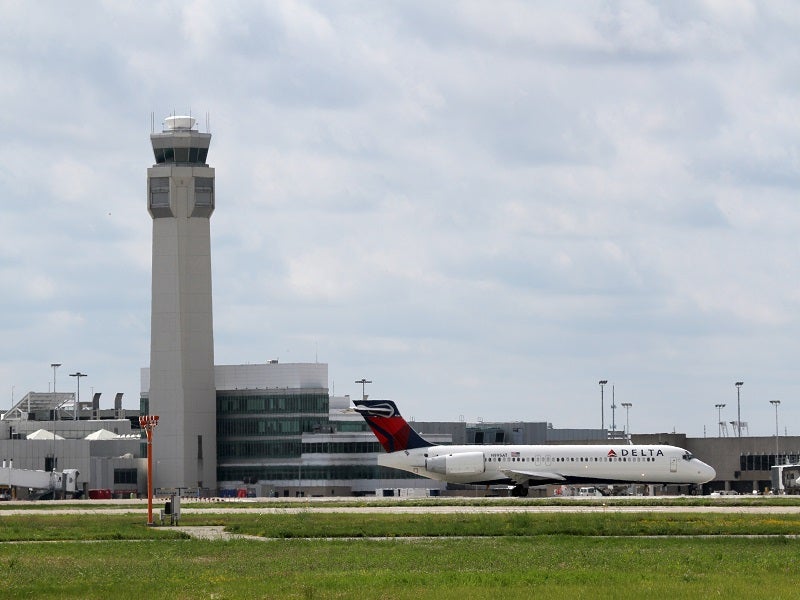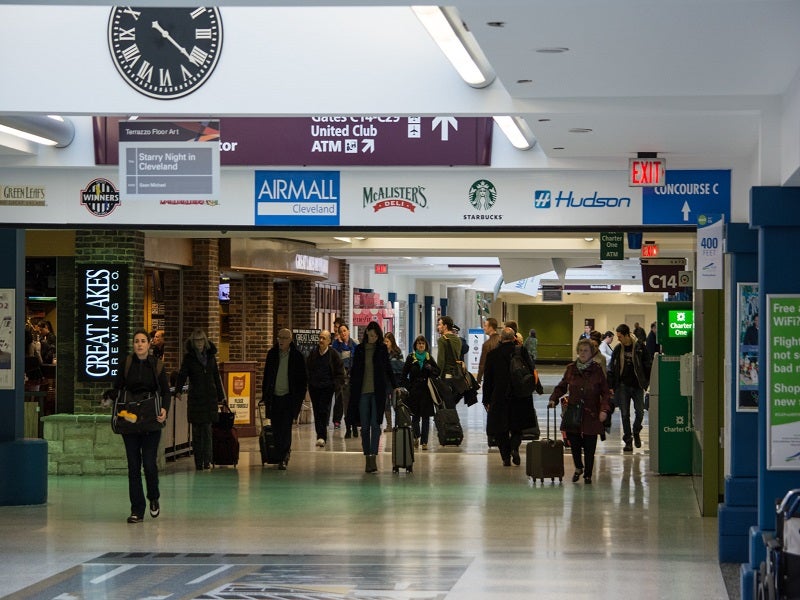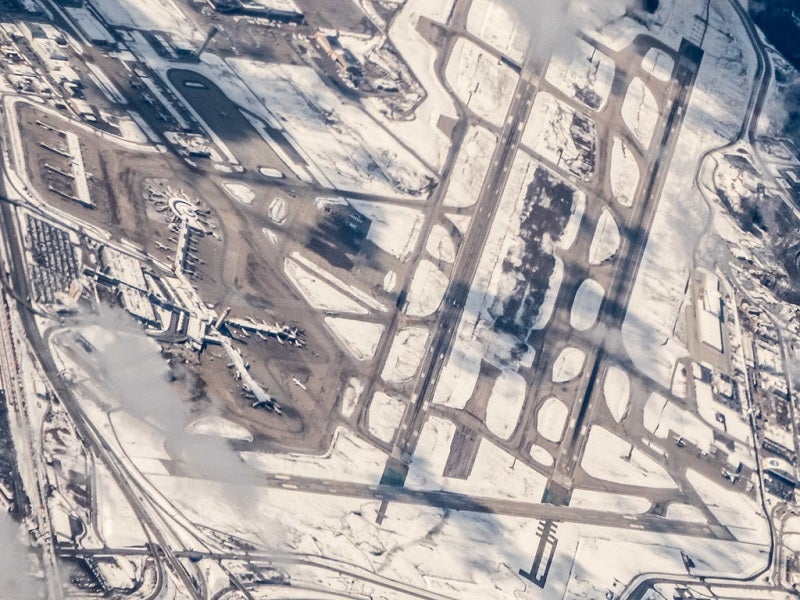The Cleveland Hopkins International Airport (CLE) in Cleveland, Ohio, US, will undergo a major expansion to improve passenger services.
The expansion is a part of the revised $2bn, 20-year master plan to upgrade the international airport. The revised master plan was presented to Cleveland City Council’s Transportation Committee in May 2021. The project will be executed in phases, with the first phase estimated to involve an investment of $780m.
The revised master plan will be submitted to the US Federal Aviation Administration (FAA) for review, which is expected to take up to six months to complete.
Cleveland Hopkins Airport expansion details
The project will include the expansion of the existing passenger terminal, construction of a new concourse, reconstruction of the existing concourses B, C, and D, and refurbishment of concourse A.
In addition to the upgrades, the revised master plan also outlined the need for additional space for ticketing, baggage inspection, security screening checkpoints, gates, and gate waiting areas.
An additional 4,000 public parking spaces and 600 rental car spaces will be created, while the traffic flow into the airport will be improved.
The proposal also includes redesigning the roads surrounding the airport. An elevated road will be constructed to connect the airport to Interstate 71 highway, which will help to divert traffic from State Route 237. The kerb space will be reconfigured to reduce the waiting time outside the airport.
Other installations at the airport
CLEAR, a biometric security solutions provider based in the US, installed its biometric screening technology at the Cleveland Hopkins Airport in March 2019. The membership-based technology is available in the central and south checkpoints. Passengers with CLEAR membership can use the technology to verify their identity before passing to physical security screening.
Two green roofs were installed at the airport in June 2017, following a grant from the Ohio Environmental Protection Agency and the US Environmental Protection Agency. Spanning 7,300ft², the roofs are designed to reduce stormwater runoff from the terminal by a year. The plants on the roofs absorb up to 136t of carbon dioxide (CO₂) a year.
The two green roofs were manufactured and installed by Rooftop Green, a local manufacturer, and help the airport meet its sustainability targets, while also contributing to the Cleveland Climate Action Plan and the Sustainable Cleveland Municipal Action Plan.
The Cleveland Climate Action Plan includes strategies to reduce greenhouse gas emissions and other environment-friendly measures while the Cleveland Municipal Action Plan is focused on increasing the sustainability of the city’s municipal operations.
Cleveland Hopkins Airport background
Opened in 1925, Cleveland Hopkins Airport was the first municipal airport in the US. It was officially named after its founder William R Hopkins on his 82nd birthday in 1951.
Owned by the City of Cleveland, CLE is one of the busiest airports in the US and the busiest in Ohio in terms of passenger traffic.
Located 19.31km away from downtown Cleveland, the airport features three runways. Two parallel runways, designated as 6R/24L and 6L/24R, measure 9,956ft (3,034m) and 9,000ft (2,743m) long respectively while the crosswind runway 10/28 measures 6,018ft (1,834m) long.
The airport offers services to more than 60 destinations, including Canada, the Dominican Republic, Iceland, Jamaica, and Mexico, and handles 156 daily non-stop departures. It contributes $3.5bn a year to the economy of the north-east Ohio region and supports more than 34,000 jobs.




